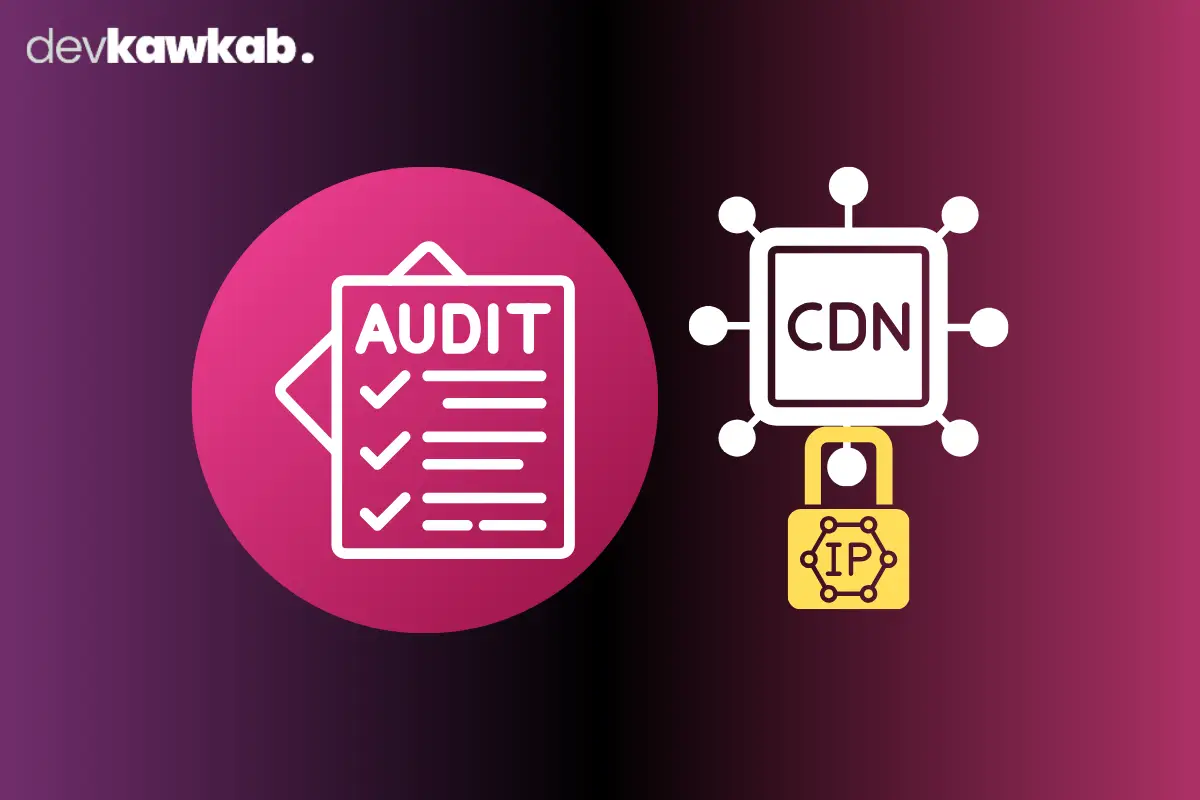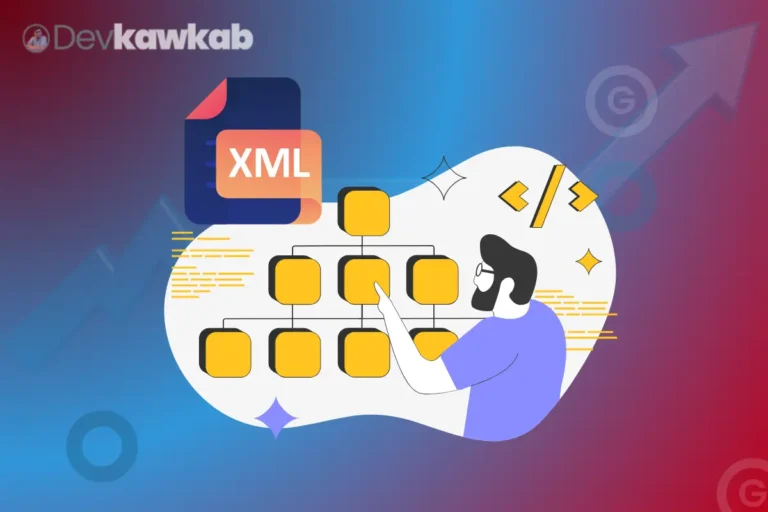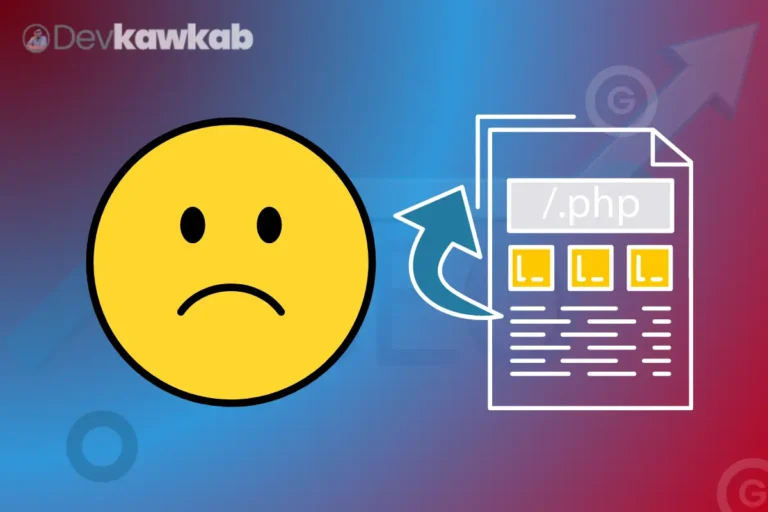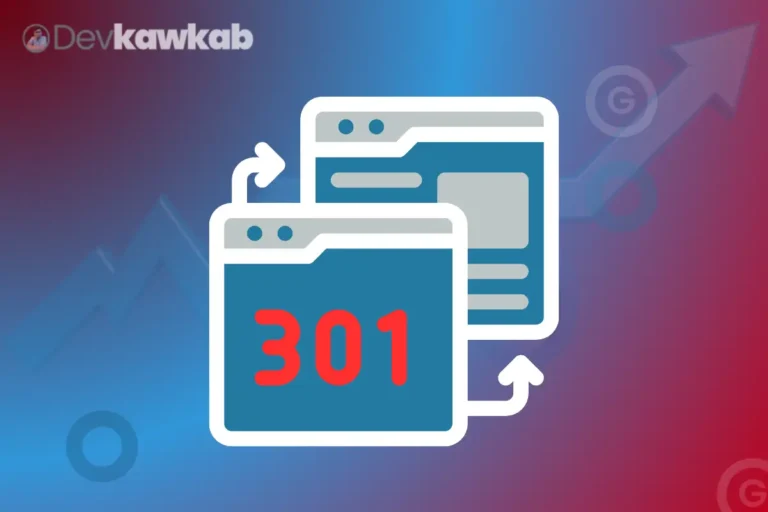A lot of people think a “website audit” is just keyword density, meta tags, maybe a page speed score. That’s like checking the paint on a car without ever looking under the hood.
The truth is, a big chunk of a site’s long-term performance comes from the boring, behind-the-scenes stuff – WHOIS, tech stack, name servers, CDN setup, IP reputation. Get those wrong and your fancy on-page SEO won’t save you.
Let’s walk through the bits that actually matter.
WHOIS Data: Where It All Starts
WHOIS is basically the birth certificate for your domain. It’s where you see when the site was registered, who owns it, and which registrar is in charge.
Why care? Because the age of a site changes how you treat it. A 3-month-old domain is like a newborn – fragile, unpredictable, might not even survive the first year.
Search engines tend to be cautious with it. A 6-month-old (or older) site? More likely stable, trustworthy, and past the “is this spam?” probation period.
Auditors check WHOIS not just for age, but for weird ownership changes, shady registrars, or mismatched data. Those are red flags you don’t ignore.
Technology Stack: What’s Under the Hood
When I talk about “technology detection,” I mean figuring out what’s running the site. Is it WordPress? Shopify? Django? Next.js? Each one plays by different rules.
Example – on WordPress, I might tweak the robots.txt to block certain feeds. On Shopify, feeds work differently (Atom, if I remember right).
A Django build? No default feed at all. If you don’t know the tech, you can easily give the wrong advice and break something.
Tools like Wappalyzer or BuiltWith can sniff this out in seconds, but the point isn’t just knowing – it’s knowing what that means for your audit.
Name Servers: The Unsung Middlemen
Name servers are the traffic cops for your domain. They tell browsers where to find your site. Get them wrong and users might end up… nowhere.
They matter for uptime, DNS resolution speed, and in some cases, security. Messy configurations can slow things down or leave you open to attacks.
I’ve seen sites with three different name server records pointing all over the place – it’s a mess.
CDN Data: Not Just for Big Sites
A CDN (Content Delivery Network) isn’t some luxury for giant e-commerce brands. It’s one of the easiest ways to boost speed, protect against attacks, and make your site more resilient.
During audits, if I see no CDN, I ask why. Sometimes local IXPs like BDIX make a CDN less critical for a purely local audience, but in most cases, use one.
Cloudflare, BunnyCDN, whatever – just get your assets closer to your users.
IP Health and Reputation: Invisible but Deadly
Your site’s IP address is like your street address on the internet. If the neighborhood’s bad, you’re in trouble – no matter how nice your house looks.
Google can blacklist certain IP ranges. Email providers do it all the time. If you’re on a shared host with spammers, their mess becomes your problem.
I’ve audited 90+ sites in a batch before, and only one had a blacklisted IP – but that one site? Emails bouncing, rankings wobbling, random downtime.
Blacklist checkers exist online, but none are perfect. I double-check across a few before calling it confirmed.
Hosting Reputation: The Silent Factor
Some hosts have a track record of attracting trouble – cheap plans, no abuse control, quick to suspend accounts. When they drop spammers, those IPs often get recycled, carrying the bad reputation forward.
It’s not just about speed or features. A bad host can quietly ruin your site’s trust with search engines and mail services.
How I’d Tackle It in an Audit
Here’s my rough flow –
- WHOIS: Check age, registrar, ownership patterns.
- Tech stack: Identify platform, know its quirks.
- Name servers: Verify they’re clean and consistent.
- CDN: Confirm presence or recommend one.
- IP: Check blacklist/reputation in multiple tools.
- Host: Look up their track record.
I don’t overcomplicate it, but I don’t skip anything either.
Bottom Line
SEO isn’t just keywords and backlinks. It’s trust. And trust starts in the plumbing of your site – the parts nobody sees but search engines absolutely care about.
Ignore it, and all your content work will be building on a shaky foundation.






